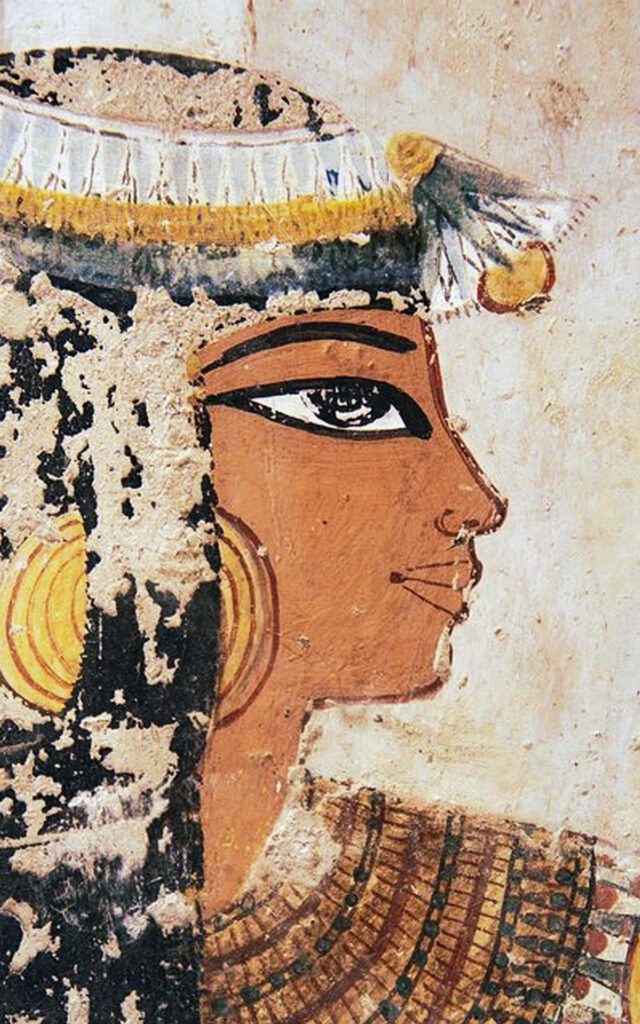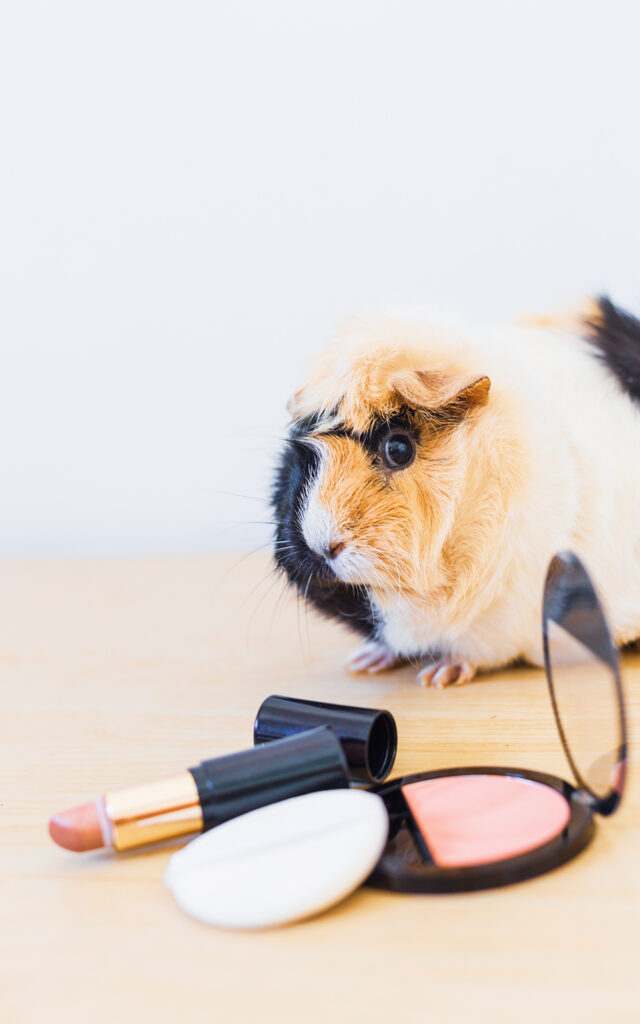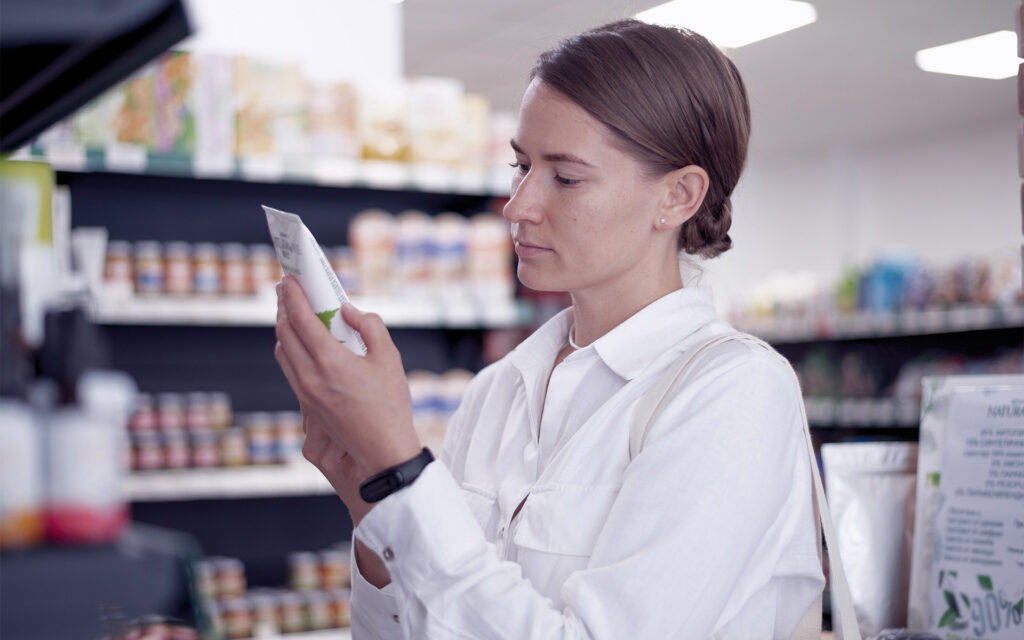We are in the year 4000 BC, in ancient Egypt, when Queen Cleopatra made her eyes up with what is now eyeliner and underwent beauty treatments.
For thousands of years, women, and not only, have been wearing facial makeup and beauty creams.
The House of Tudor and Queen Elizabeth I gave way to the fashion of the “pale face” and later Marie Antoinette to the more colorful style obtained with colored facial powders.
Over the centuries, makeup style has changed and been reinvented to this day.
But, what is the effectiveness of our beauty products or the coloring of our makeup? What are the “secret” ingredients of our cosmetics?
The black line surrounding the eyes of Egypt’s most famous queen was composed of lead sulfide and powdered animal fat. It wasn’t the healthiest material for the skin.
To have the ‘porcelain’ face style in place, the English sovereign used chalk powder rich in lead and vinegar. It is also hypothesized that slow poisoning by such substances caused her death.

What can we say about the substances used today to create our beauty products?
One thing is certain, usually, the losers are the animals that inhabit our planet.
Examples of “secret” ingredients
Carmine or cochineal is a dye produced with the body and eggs of a South American insect. The outer body of these crushed insects has a very bright red color. It is used to color lipsticks and other makeup products with these shades.
Squalene, or squalane, is a substance found in shark liver oil. It is used in creams for its moisturizing and protection capabilities.
Rooster crests are also an important ingredient. From it, you can produce the famous hyaluronic acid used in cosmetics as a filler.
Do you know where keratin comes from?
It is a substance that can be present in the mane, feathers, and horns of different animals. You may know that it is used a lot for hair care.
The sperm whale, now at risk of extinction, is one of the largest animals swimming in our seas. The digestive system of these large fish produces ambergris. This odorous substance is used in perfumes as a basic ingredient. There are several theories about how ambergris is extracted from this animal, but none without stress and exploitation of the poor mammal. What is certain is that the cost of this substance is about fifty thousand euros per kilogram so it must me rare and difficult to obtain.

What about white musk? Let’s talk about this delicate and elegant perfume that is quite easy to recognize. We might think: finally a natural product that does not involve any animal!
But even in this case, we do exploit animals.
Contrary to what you might think, it derives from the genitals of some animals such as beavers, otters, or musk deer.
A massacre!
Alternatives to these products are created through the implementation, for example, of biotechnology. But, what can each of us do?
We can make a difference
We can carefully read the labels of our products.
Many apps can help us in this search.
One of them is INCI Beauty which allows you to scan the barcode of the product and check the different components.

Animals are special and intelligent beings, very often they bring us joy, wonder, and sometimes even save us.
Don’t you think they are worth safeguarding?





